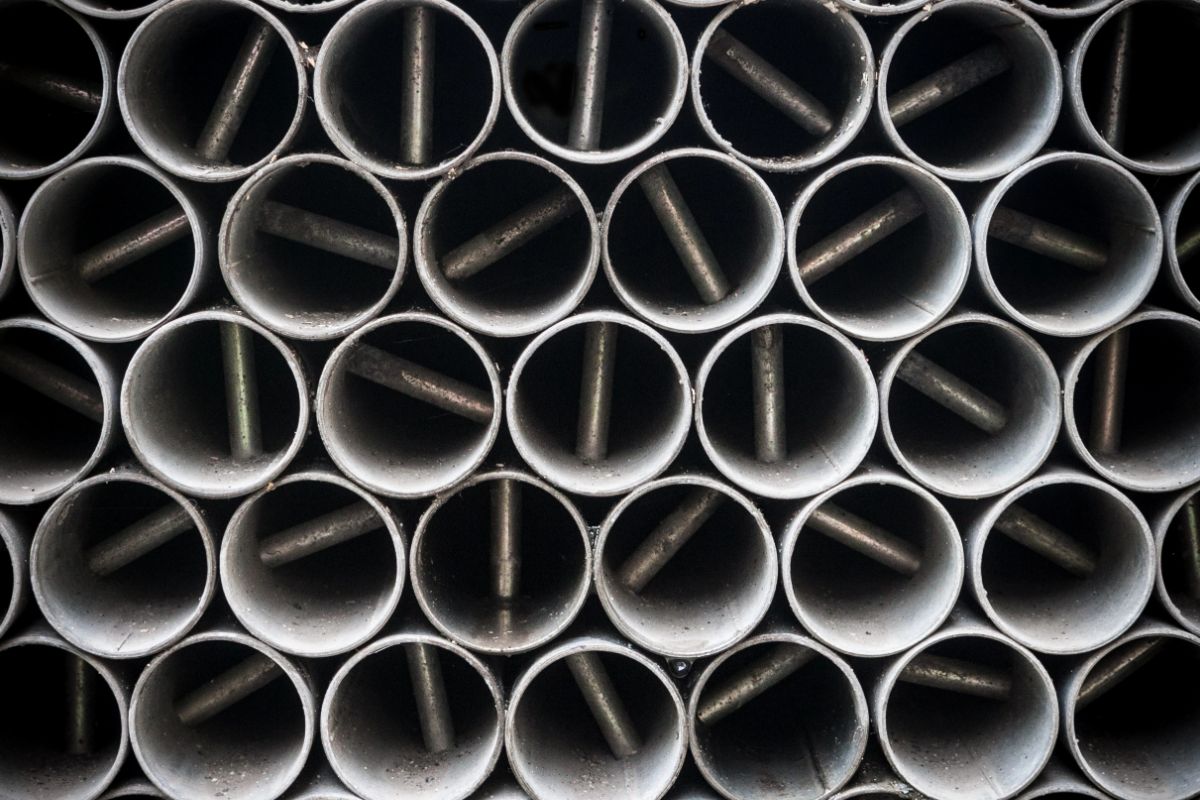
How to Compare Galvanized Iron Pipe Prices in the Philippines for Your Project
How can you compare galvanized iron pipe in the Philippines for your project?
- Review the supplier’s reputation
- Check for quality marks and certification
- Inspect the pipe thickness or gauge
- Assess the product standards
- Compare the price per length or bundle
- Evaluate the zinc coating quality
Overview
- Choosing the right galvanized iron (GI) pipes in the Philippines involves evaluating factors like supplier reputation, certifications, and product specifications.
- Prioritizing quality ensures durability, safety, and long-term savings despite potential higher upfront costs.
- Trusted suppliers like Supreme Pipe provide certified, high-quality GI pipes that meet local and international standards, offering reliability and value for construction projects.
When sourcing materials for your construction or infrastructure project, price and quality go hand in hand, especially for essential components like galvanized iron (GI) pipes. With the variety of suppliers and product specifications in the Philippine market, finding the right price can be overwhelming.
That’s why understanding how to compare galvanized iron pipe prices in the Philippines is crucial. Let’s walk you through the key considerations to help you make an informed decision. Read on to learn more.
Review the Supplier’s Reputation

A reliable supplier delivers high-quality products that meet local and international standards. Partnering with a trusted provider helps you avoid costly replacements, project delays, and compliance issues caused by substandard materials.
Seek distributors with a strong track record in the industry, optimistic client reviews, and visible certifications. Established companies like Supreme Steel Pipe Corp. are known for offering durable, top-quality GI pipes that meet the country’s construction requirements. They guarantee greater value for your money and peace of mind throughout your project.
Check for Quality Marks and Certification
Pipes bearing certifications, such as the Philippine Standards (PS) or ISO mark, have passed rigorous evaluations for strength, durability, and safety. These quality seals assure you that the materials meet—or even exceed—established industry standards, giving you greater confidence in their reliability and performance.
Certified GI pipes may have a slightly higher upfront cost, but the added assurance is worth the investment. Their proven quality helps prevent premature damage or system failures, reducing expensive repairs and project delays in the long run.
We proudly carry certifications like the ISO mark from TUV Rheinland and the Philippine Standard (PS) Quality Mark. This is clear proof of our dedication to constant quality, safety, and compliance.
These accreditations validate our strength in manufacturing methods, product standards, and workplace safety. With these benchmarks of excellence, we confidently provide GI pipes that meet both local and international expectations.
Inspect the Pipe Thickness or Gauge
Gauge refers to the thickness of the pipe wall, and it’s a key factor in determining a GI pipe’s strength, durability, and cost. Thicker pipes offer greater strength and can withstand higher pressure and external forces. This is essential for commercial or industrial applications where durability is non-negotiable.
While thicker-gauge pipes may cost more upfront, they can last longer and require less maintenance or replacement, saving money in the long run. Remember, comparing prices without checking the gauge may lead you to choose a cheaper pipe that won’t perform as well.
Assess the Product Standards

Pipes that meet national or international standards are manufactured under strict guidelines for quality, strength, and safety. These specify precise material composition, wall thickness, protective coatings, and testing protocols, ensuring each pipe is consistently produced and free from defects.
While non-standard pipes may offer lower upfront costs, they often fall short in durability and long-term reliability. Choosing certified materials protects your project from premature failures and costly repairs. Always request documentation or markings that verify compliance with recognized standards.
Compare the Price per Length or Bundle
When evaluating GI pipes, you’ll find they come in various sizes and quantities. Comparing prices on a per-meter or per-bundle basis provides a clearer picture of their true value, helping you budget more accurately and avoid unnecessary overspending.
Many suppliers also offer bulk pricing or discounts for larger orders, which can significantly reduce your cost per unit. Don’t hesitate to inquire about package deals or delivery options to ensure you’re getting the best price while maximizing the value of your purchase.
Evaluate the Zinc Coating Quality
A well-applied hot-dip galvanized coating delivers a solid, protective layer that protects the steel from moisture, rust, and environmental damage. This is especially relevant in the Philippines, where humidity and rainfall can increase corrosion.
When comparing GI pipe prices, do not hesitate to check the coating’s smoothness, thickness, and consistency. Pipes with patchy or thin coatings may be less expensive but are more likely to deteriorate immediately. Investing in this product with top-quality coating guarantees lasting performance and greater value for your project.
Key Takeaway
Understanding how to compare galvanized iron pipe prices in the Philippines is the first crucial step to ensuring structural integrity. In selecting ideal materials for your project, checking the price itself is not enough as there are factors that truly significantly affect it. Whether it’s the company’s reputation or the zinc coating quality, everything matters.
At Supreme Steel Pipe Corp., we go beyond delivering competitive prices—we offer quality, dependability, and industry-tested solutions for every project. Reach out to us today for inquiries and quotations, and together, we’ll build in the Supreme way.


